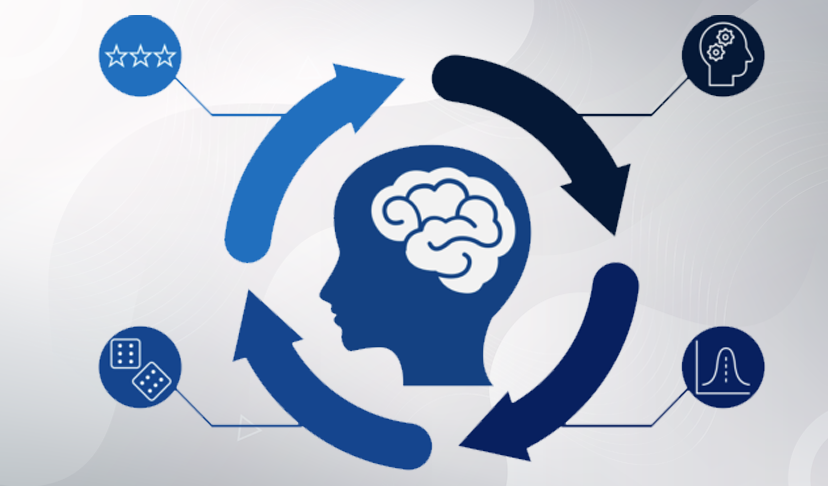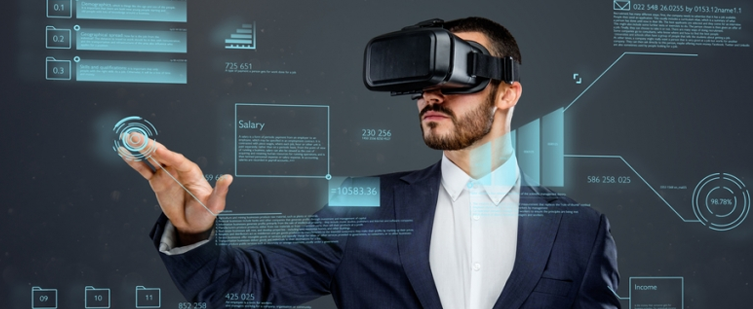Facial Authentication in Virtual Meetings

Introduction
In today’s world where the pandemic has accelerated the transition to remote work, virtual meetings have become the norm rather than the exception. With Zoom calls, Microsoft Teams meetings, and Google Meet sessions dotting our calendars, there’s a growing need to ensure that these digital interactions are as secure as possible. One burgeoning technology that is gaining traction in enhancing virtual meeting security is facial authentication. In this in-depth look, we will explore the intricacies of facial authentication in virtual meetings and why it could be the future of secure digital communication.
What is Facial Authentication?
Facial authentication is a type of biometric verification that uses facial recognition technology to confirm a person’s identity. Unlike passwords or PINs, which can be easily forgotten or stolen, facial features are unique to each individual. This form of authentication scans and maps the facial features, and then compares them to a pre-stored data set to confirm identity.
Why is Facial Authentication Important in Virtual Meetings?
Enhances Security
Virtual meetings can sometimes be subject to ‘Zoom Bombing’ or unauthorized entries, which can disrupt proceedings and compromise data. Facial authentication ensures that only verified participants can join a meeting, thus enhancing the overall security.
User Convenience
Forgetting passwords or dealing with complicated login procedures can be frustrating. Facial authentication simplifies this by enabling quick and hassle-free entry into meetings.
Compliance and Data Protection
As data protection laws like GDPR become stricter, businesses must ensure that their data processing and storage are compliant. Facial authentication can help in maintaining these compliance standards by offering secure access control.
How Does It Work?
Registration and Enrollment
Before using facial authentication, users need to undergo a one-time registration process where their facial features are scanned and stored in a secure database.
Authentication Process
When joining a meeting, the software will prompt users to scan their faces. The scanned data is then compared with the stored data to verify the identity before allowing access to the meeting.
Multi-Factor Authentication
To further enhance security, facial authentication can be combined with other verification methods like PINs or fingerprint scans.
Privacy Concerns
While facial authentication offers numerous benefits, it does raise concerns about privacy and data storage. It’s imperative for providers to ensure that facial data is stored securely and is only used for authentication purposes.
Conclusion
Facial authentication is undoubtedly revolutionizing the landscape of virtual meetings. Its implementation not only strengthens security but also adds a layer of convenience that traditional methods cannot offer. As this technology continues to evolve and gain acceptance, it’s crucial to balance its benefits with responsible data management and privacy considerations.



